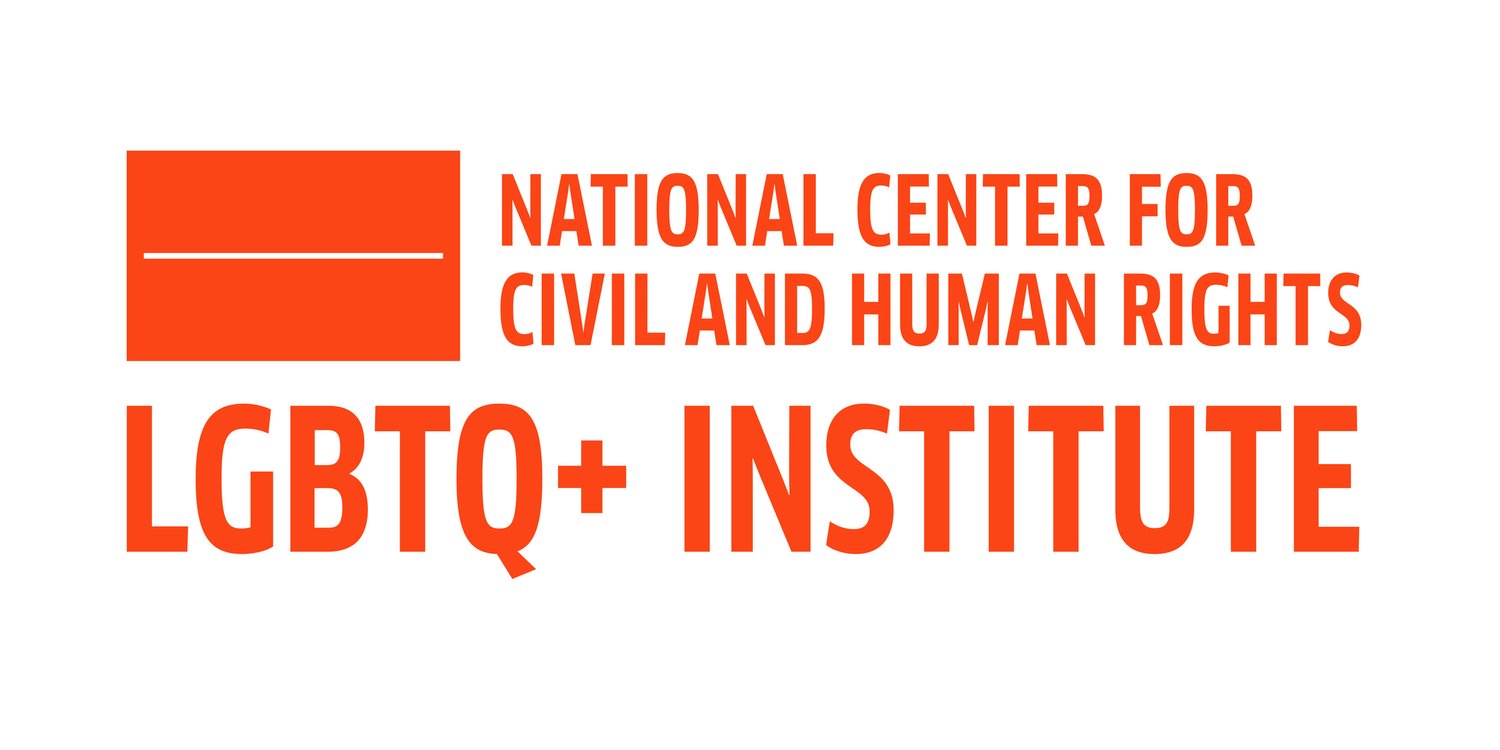By Kimberly Leonard with US News and Wold Report
Tuesday marks 27 years of commemorating World AIDS Day, and in that time HIV has gone from a "death sentence" to a manageable and treatable chronic illness.
Though this shows significant progress, health care leaders called for continued support as 35 million people remain infected worldwide and many still do not have access to treatment.
HIV still kills 1.2 million across the world each year, making it the second-leading cause of death by infection, behind tuberculosis. HIV kills or damages the body's immune system cells and is most often spread through unprotected sex with an infected person. It can also be spread by sharing infected drug needles or through contact with the blood of someone who is infected. Women can pass HIV to their babies during pregnancy or childbirth. Left untreated, HIV can within two to 15 years advance to AIDS, which can make people vulnerable to fatal diseases.
Though there is no cure for HIV, a person who is infected can take several pills a day, allowing them to function normally, with little risk of transmission.
[READ: Most States Not Prepared for Infectious Diseases]
Below are some of the most important numbers related to HIV/AIDS.
16 million: People Who Have Access to Antiretroviral Treatment
Scientific advancements have helped stabilize those who are infected with HIV and helped reduce the risk of transmission to others. HIV-positive people who take antiretroviral medications can suppress the virus, allowing them to live a normal lifespan and reducing the risk of transmission to others. When used properly, the virus is undetected in a person's blood.
The World Health Organization most recently reported that close to 16 million people who are infected with HIV are taking antiretroviral medication – 11 million of whom are in Africa. The UN General Assembly set a goal to double the number of people on medication by 2020, and to eradicate the disease by 2030.
[READ: Violence Prevention Lacking Global Effort]
$12 Billion: The Amount of Money Needed to Reach Eradication
Since 2000, funding to eradicate AIDS has increased nearly fourfold, as governments and nonprofits united to eradicate it. Since 2000, nearly 8 million AIDS-related deaths have been averted. But the ONE Campaign, a policy and advocacy organization, says funding has plateaued. To end the disease, funding must reach $32 billion a year by 2020 – $12 billion more than current levels. Without further assistance, UNAIDS has projected that the epidemic could once again be on the rise.
“The progress we’ve made against HIV/AIDS is so powerful that it’s easy to get lulled into a false sense of security about the size of the fight in front of us,” Erin Hohlfelder, ONE director of global health policy, said in a statement.
Leaders in sub-Saharan African countries, in particular, have not increased their domestic spending to levels they promised. If 40 countries spent 1 percent more on their health programs, and spend one-fifth of that increase on AIDS programs, it would be enough to buy antiretrovirals for more than 7 million additional people, the ONE Campaign says.
UNAIDS projects global spending on HIV/AIDS will rise to $21.7 billion by the end of 2015.
50 Percent: Of New Infections, Half Are in People Under Age 25
Young people have been heavily affected by HIV globally. In South Africa, more than 800 girls ages 15 to 19 are infected with HIV every week. Worldwide, more than 3.2 million children under age 15 are living with HIV.
Even in the U.S., young people are the least likely to have the virus in check, as fewer than half have even been diagnosed, according to the Centers for Disease Control and Prevention.
19 Million: Number of HIV- Positive People Who Don't Know I
About 54 percent of people who are infected with HIV don't know it – often because they don't have access to testing. When people know their status, according to UNAIDS, they are more likely to seek treatment.
Some populations are disproportionately affected. Transgender women are 49 times more likely to be living with HIV than other adults of reproductive age. Compared with the general population, men who have sex with men are 19 times more likely to be living with HIV and people who inject drugs are 28 times more likely to be infected.
[MORE: Under Obamacare, Transgender Equality Wanes]
One-Third: Proportion of U.S. Health Care Providers Who Don't Know About Prevention
People who knowingly have sex with someone who has an HIV-positive diagnosis can protect themselves from infection by taking Pre-Exposure Prophylaxis, or PrEP, a pill taken every day that is commonly known as Truvada. It reduces the risk of sexually acquired HIV by more than 90 percent, and drug users' risk by 70 percent, according to the CDC.
Despite this medical breakthrough, however, in the U.S. about 1 million people in the U.S. are HIV positive, and 40,000 more are infected each year. This occurs in part because less than one-third of Americans have the virus under control, and many haven't been tested. But it also occurs because physicians aren't telling patients how they can protect themselves, the CDC warned in November.
